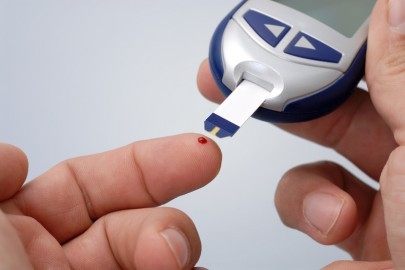In the global community, the number of people with diabetes has been on the rise since 1980, with 422 million people diagnosed by 2014. The U.S. alone has experienced a substantial rise in the incidence of diabetes, with the number of Americans diagnosed increasing from 5.5 million in 1980, to 22 million in 2014—a more than 300 percent increase in less than 40 years.
A team of researchers, led by Stephanie Stanford at the University of California, San Diego, is proposing a solution in the form of a single pill that aims to restore insulin sensitivity in diabetic patients. Type 2 diabetes develops when the body’s response to insulin, the hormone responsible for regulating sugar in our blood, weakens. A number of genetic and lifestyle factors will influence whether or not someone develops this type of diabetes in their lifetime.
Up until now, drugs were unable to restore the insulin signaling function in diabetic patients — instead, they work by filtering out excess glucose in the blood that comes as a result of the dysfunction. The drug produced by Stanford’s team, on the other hand, hopes to restore function.
RESTORING FUNCTION
The drug inhibits an enzyme called low molecular weight protein tyrosine phosphatase (LMPTP), which is suspected to contribute to the reduction in cell sensitivity to insulin. With reduced LMPTP activity, the drug reenables insulin receptors on the surface of cells — particularly those in the liver — which in turn restores the cell’s ability to regulate excess sugar. When the body can once again regulate blood sugar levels, the condition of Type 2 diabetes is effectively reversed.
The researchers fed lab mice a high-fat diet that made them obese, which subsequently caused them to develop high blood glucose levels. The drug was given to the mice on a daily basis and successfully restored insulin sensitivity without producing any adverse side effects.
While the mouse trial’s results are exciting, the team must continue testing the drug for safety, so human clinical trials are still some time away. But Stanford is confident that the drug “could lead to a new therapeutic strategy for treating type 2 diabetes,”
While we have seen diabetes reversal in patients before, it has never been achieved through medication alone. So, if this drug is approved for use in humans it would be a truly revolutionary treatment.
Ask me anything
Explore related questions





